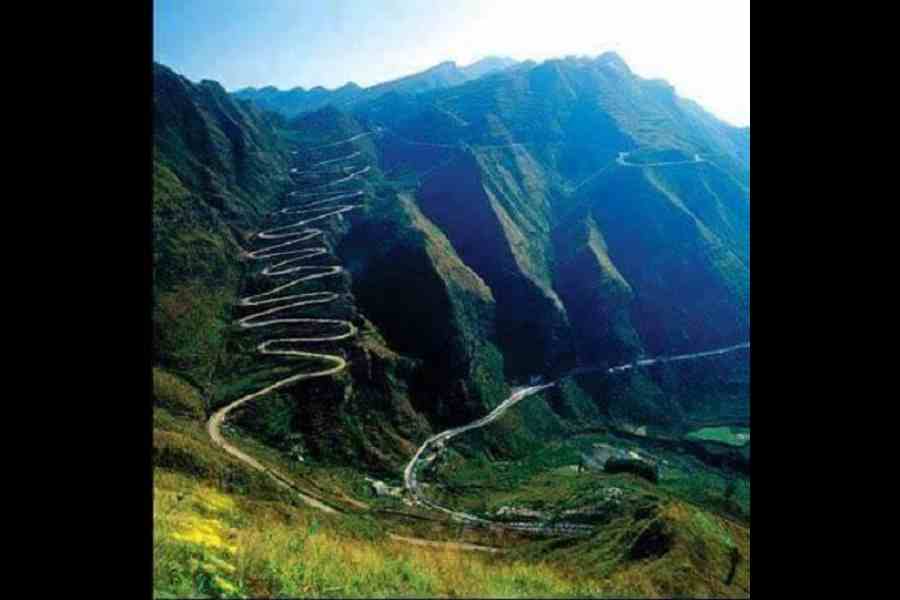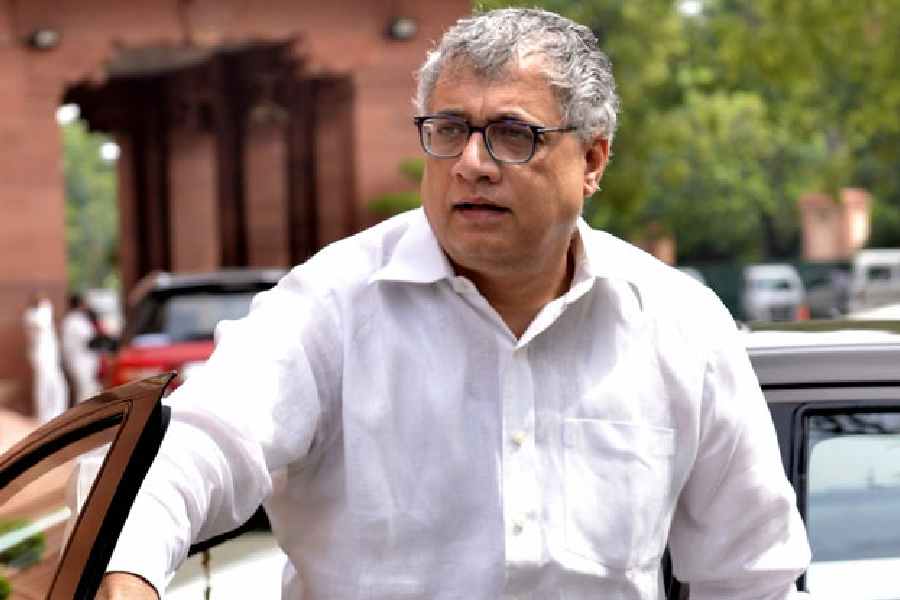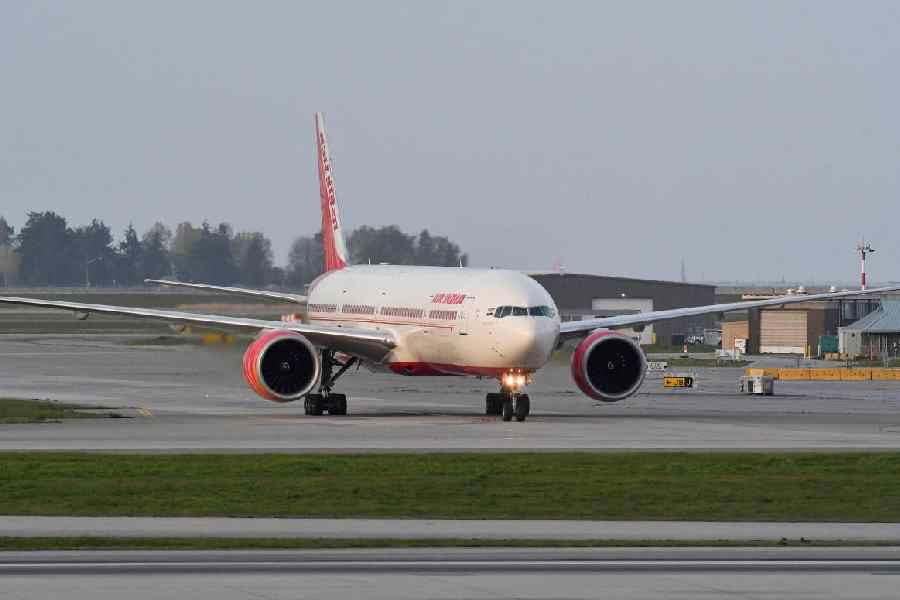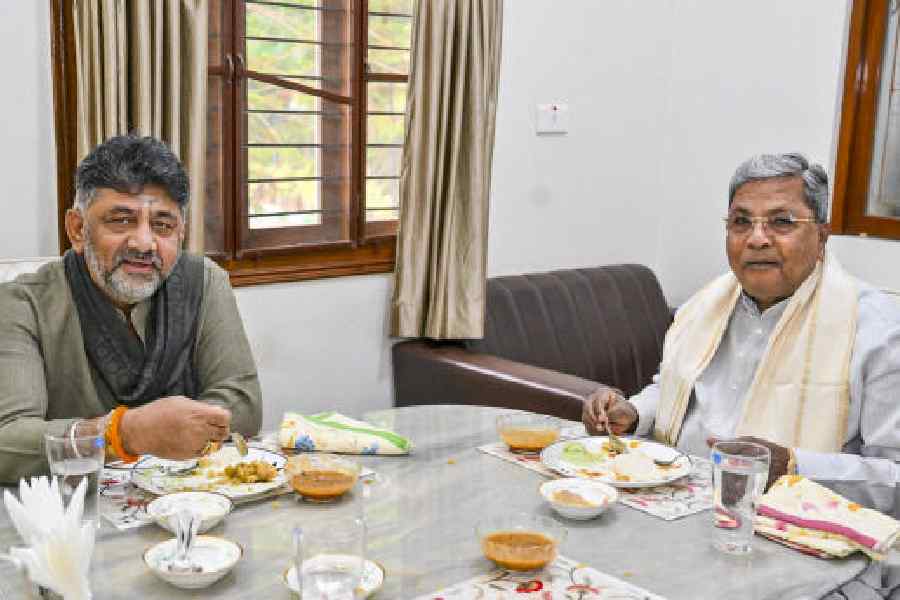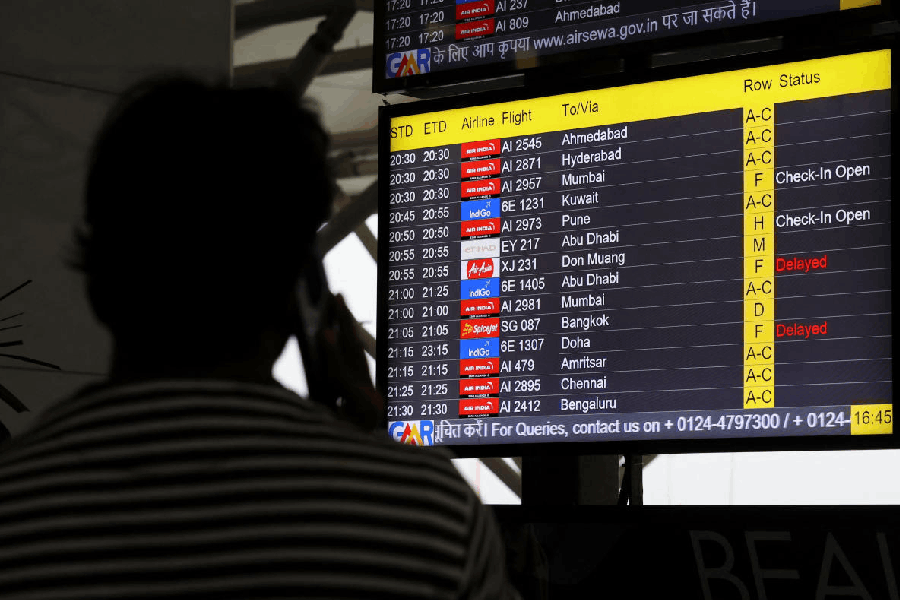A road that once connected Ledo in Assam to Kunming in China is now dysfunctional. Eighty years ago, around $150 million were spent on building this road. A substantial number of native workers lost their lives to malaria and typhoid while building the road. This was the Stilwell Road; it was also called ‘Hell's Road’ by the workers who built it.
The tale of the Stilwell Road unveils the telling interaction between politics and geography. Geography is often made and unmade by the politics of its times. This is most apparent when it comes to transnational connections in geographies of conflict. Thus, even when there is potential for economic collaboration and societal linkages, geography can remain hostage to politics.
During the Second World War, this road was built under the leadership of General Joseph Stilwell of the US army. The Allied forces had lost numerous aircraft and personnel while flying the ‘Hump’ operations between upper Assam and China to carry supplies. The road was to function as an alternative for the Chinese who were fighting Japanese incursions. It was completed in two legs: one was the Burma Road that linked Lashio in northern Myanmar to Kunming; the second phase linked Ledo in Assam to Myitkyina in Myanmar. At present, 57 km of the road falls in India, 1,040 km in Myanmar, and 639 km in China.
In the post-war period, the road was abandoned as the nation states turned inward. Adherence to state boundaries meant that they had little interest in maintaining transnational passages. India’s worsening relations with China and tensions in its Northeast weakened support for any transnational venture. Myanmar’s ethnic conflict and its simultaneous improvement of relations with China did not help matters. For New Delhi, good connectivity in and out of the Northeast had alarming implications, such as increased transnational crime in the India-Myanmar borderlands. For a long time, India believed that good connectivity around the borderlands would give China easy access during an offensive.
India’s investment in its Look East and Act East policies rekindled interest in reviving this road. The idea was to transform the Northeast from a landlocked to a land-linked space where it would reap benefits by being connected with the rest of India and integrated with the growing economies of Southeast Asia. Ideas were floated to link this trail with India’s ongoing trilateral highway project with Myanmar and Thailand.
Yet, the road never became functional owing to geopolitical concerns. Myanmar slipped into ethnic conflict, once again, while Manipur saw intermittent spates of conflict between its two principal ethnic communities. For New Delhi, much of this ethnic conflict is caused by illegal migration from northern Myanmar. This has led to policies of robust militarisation and the fencing of the borderlands. Initiatives like the Free Movement Regime, which supported community relations, stand scrapped.
Given the geopolitical concerns, the Indian State is prioritising connectivity between the Northeast and the rest of India. This helps national consolidation and has infrastructural appeal among locals. Connectivity in conflict zones thus remains a function of politics more than economics. To visualise the economic or social positives of something like the Stilwell Road, the politics has to radically change. Unfortunately, there are no signs of that for now.

